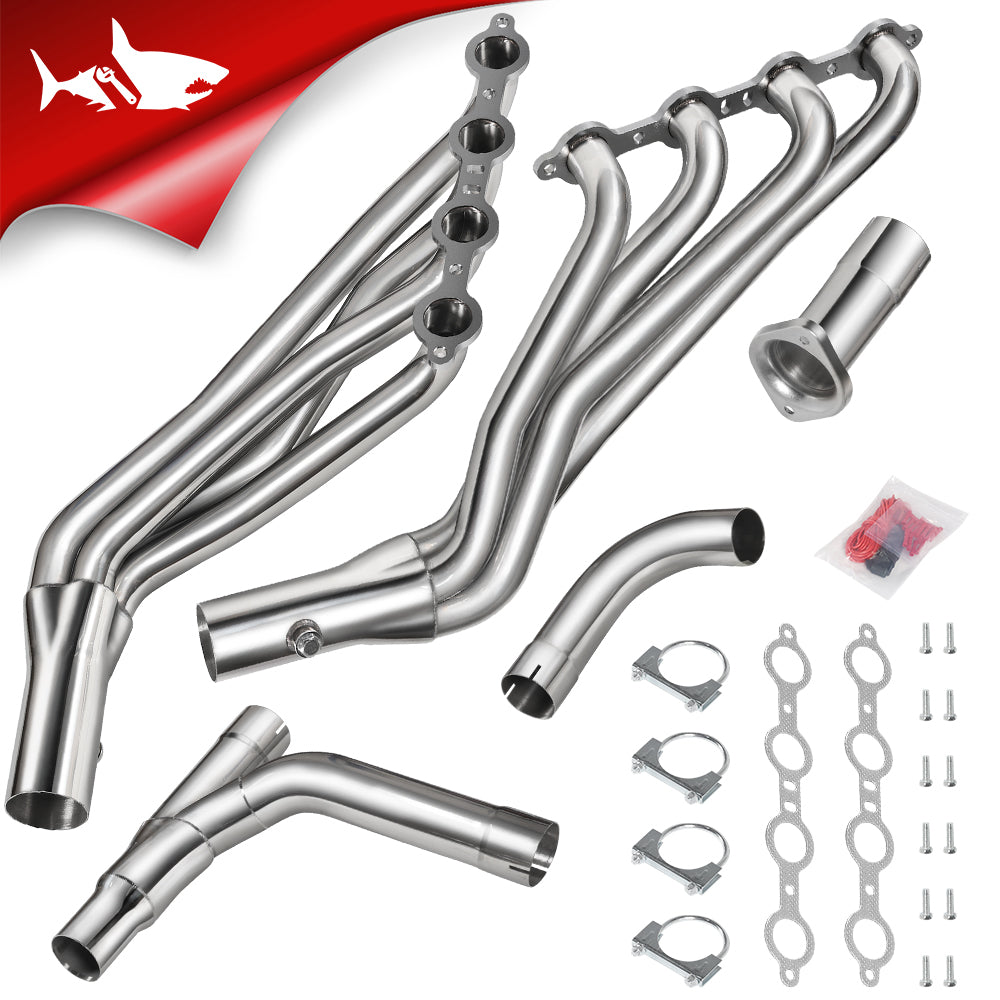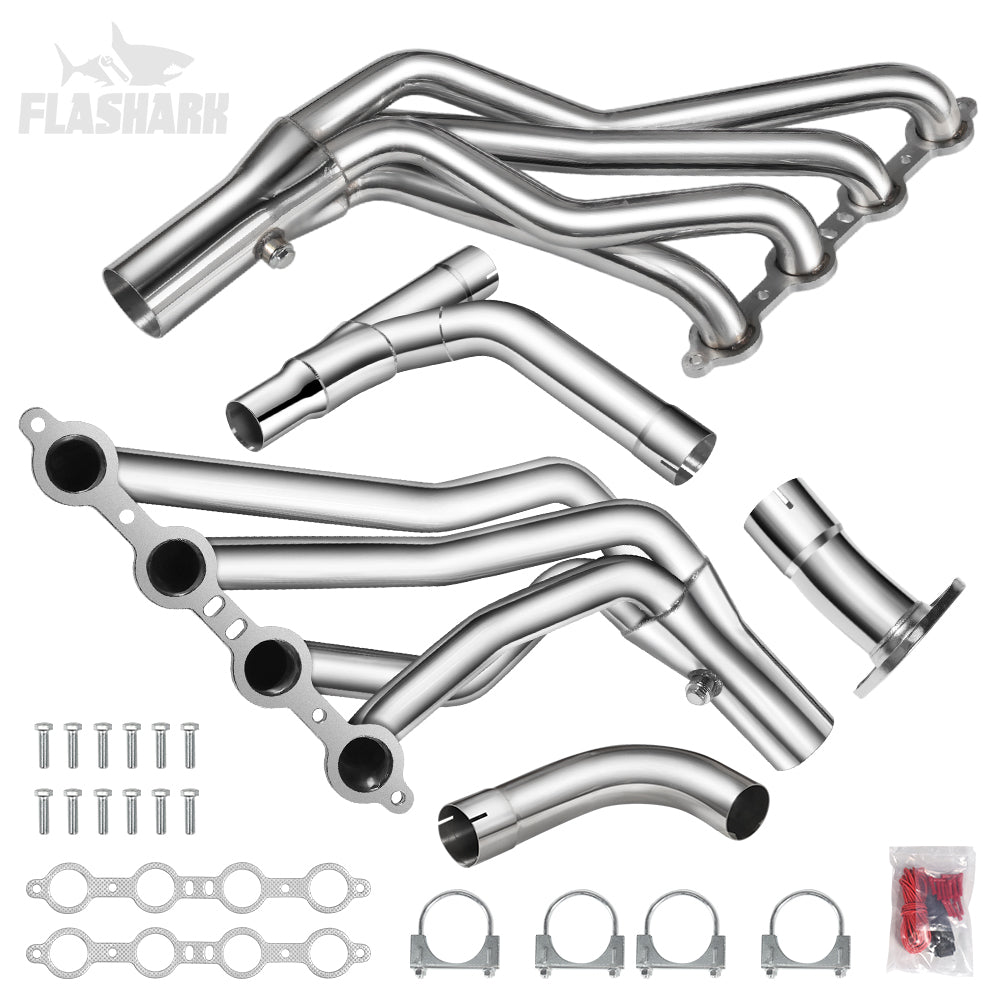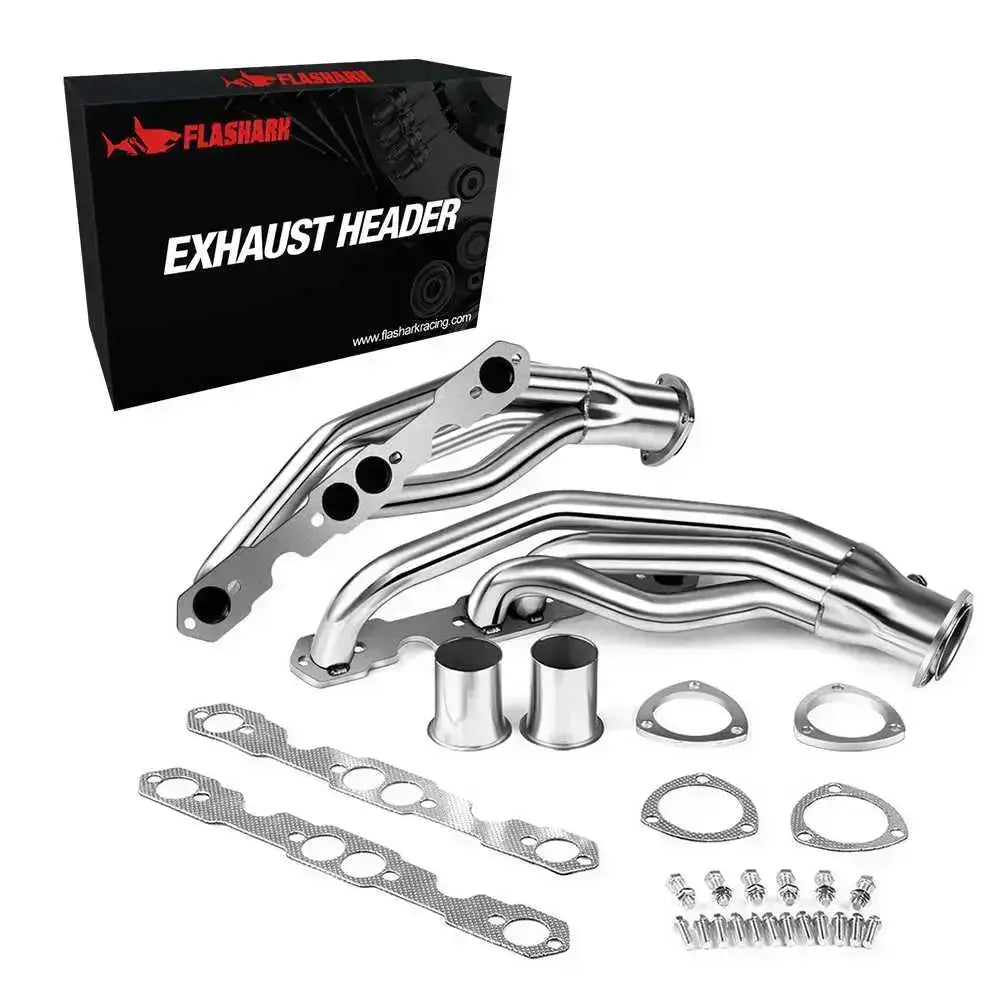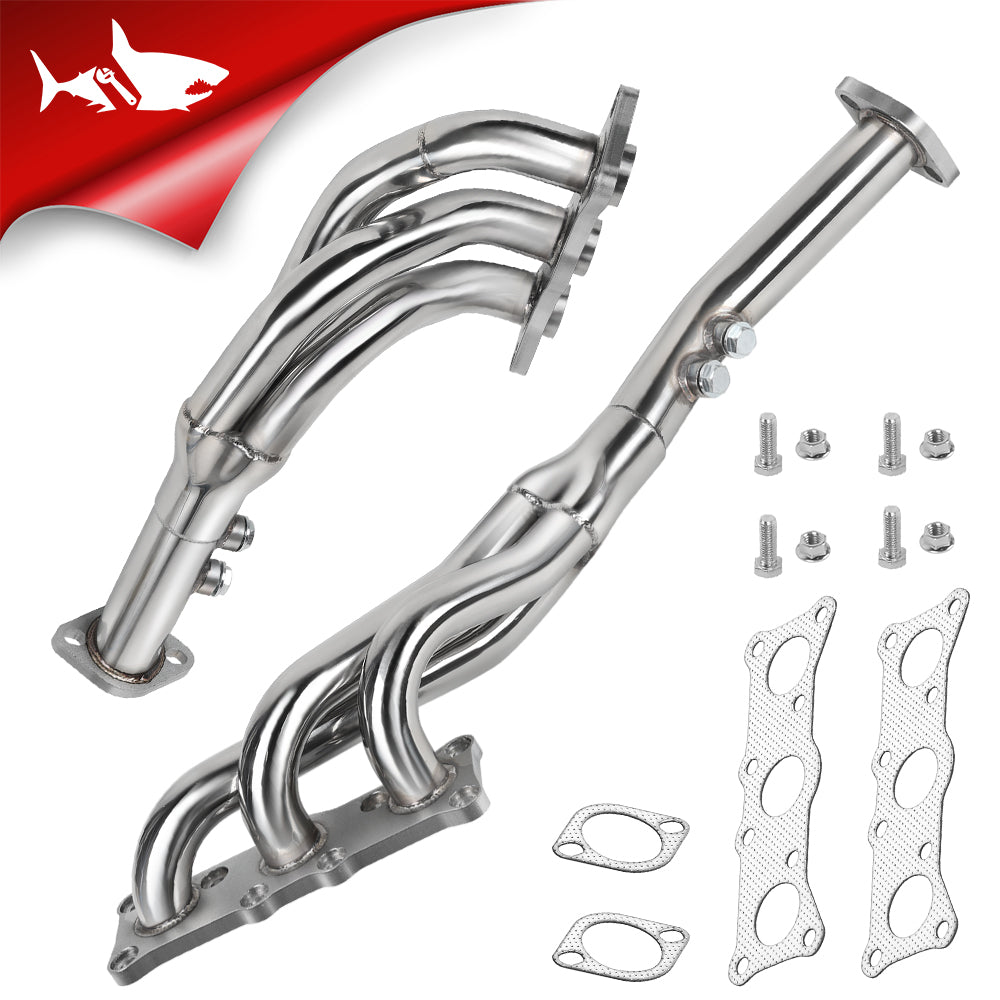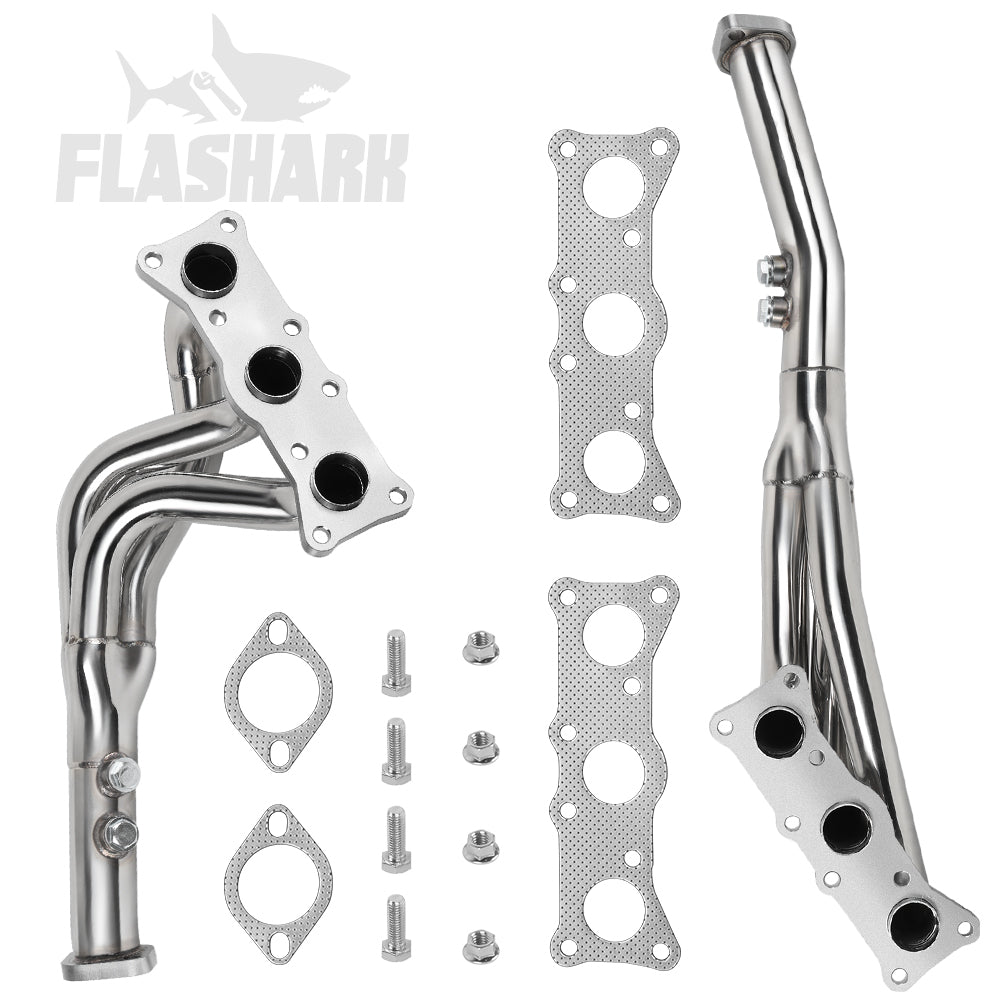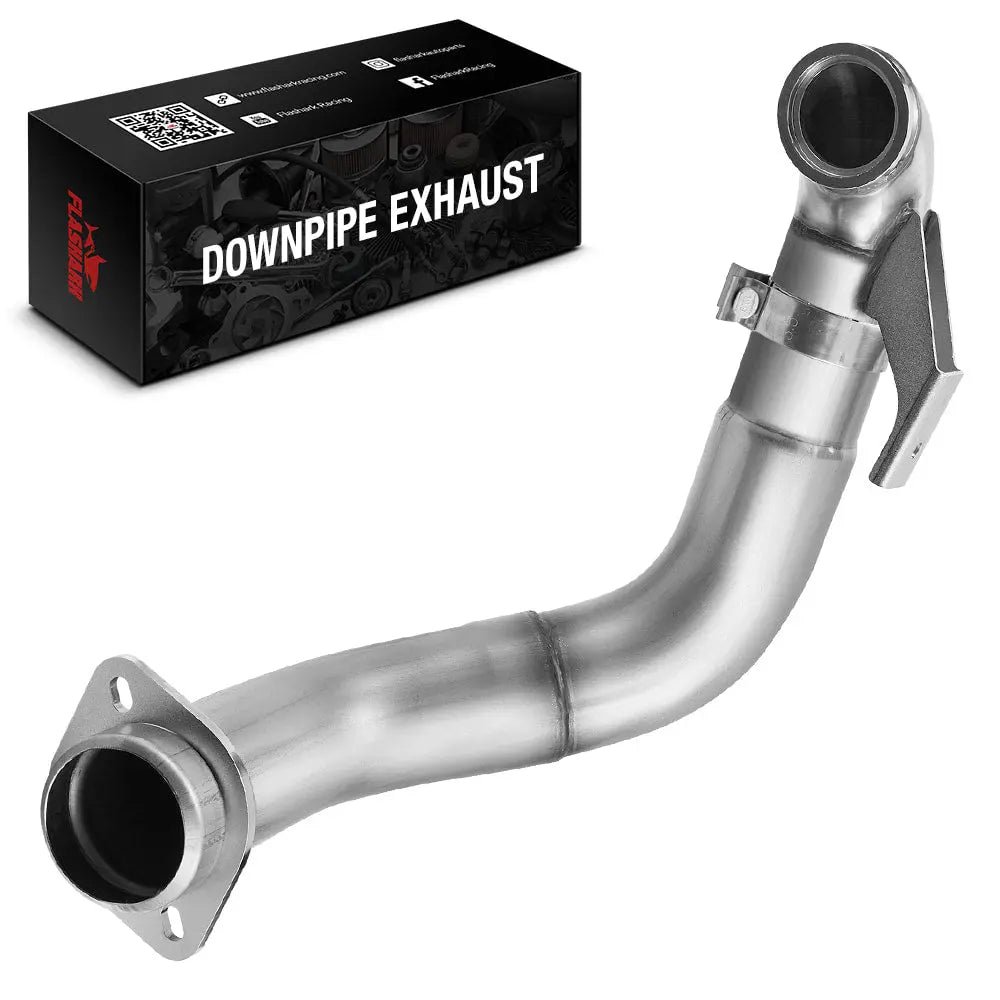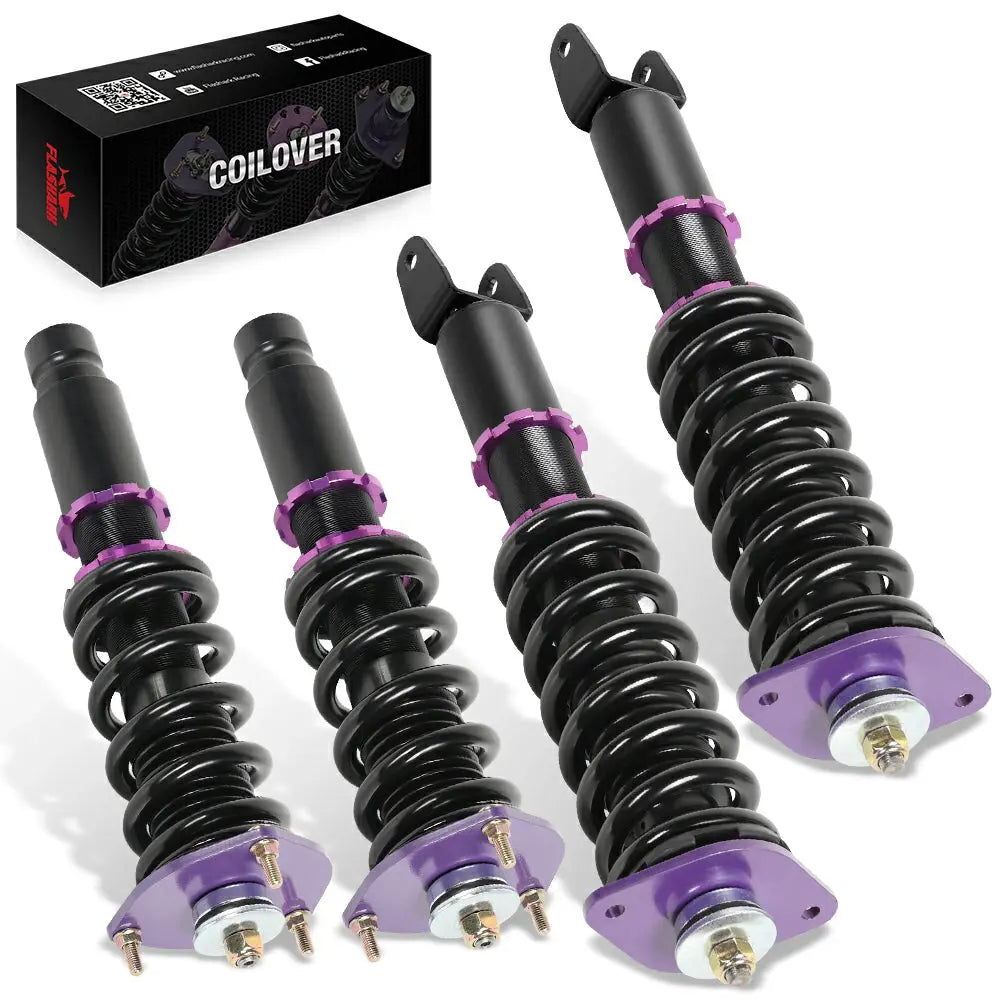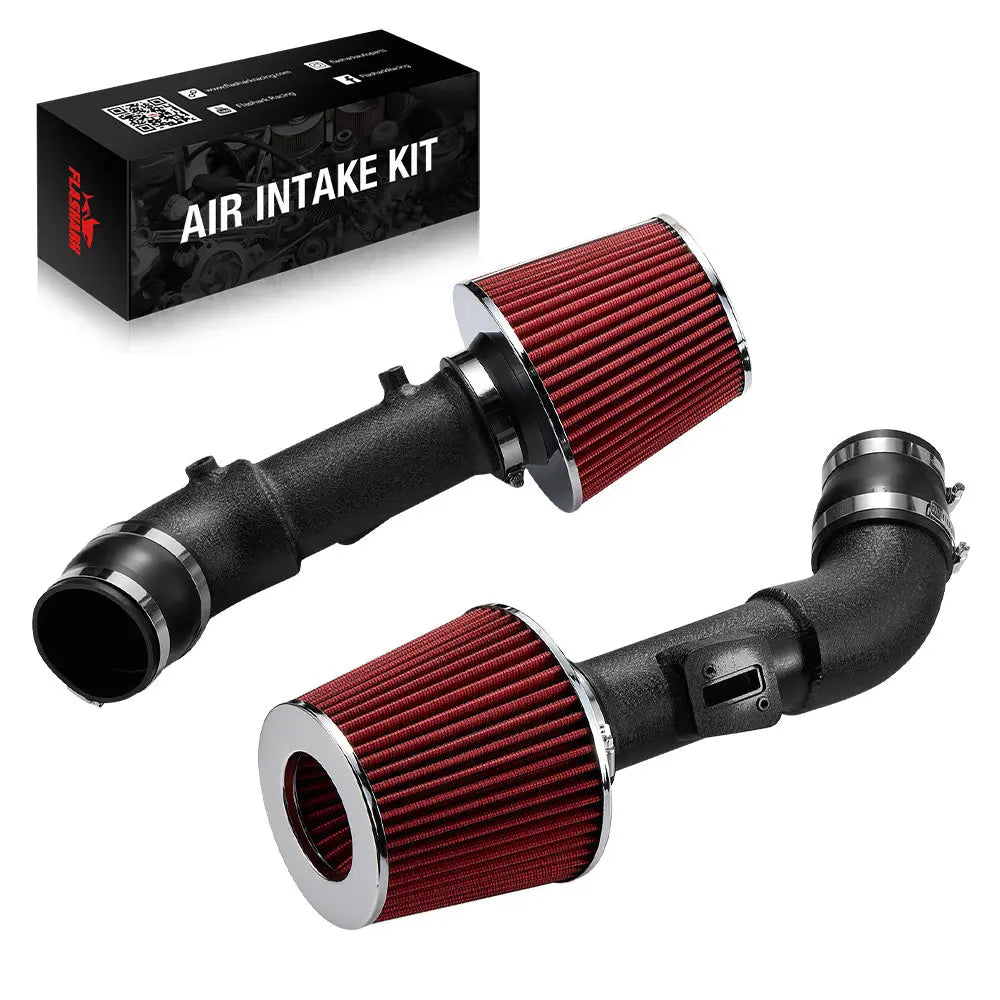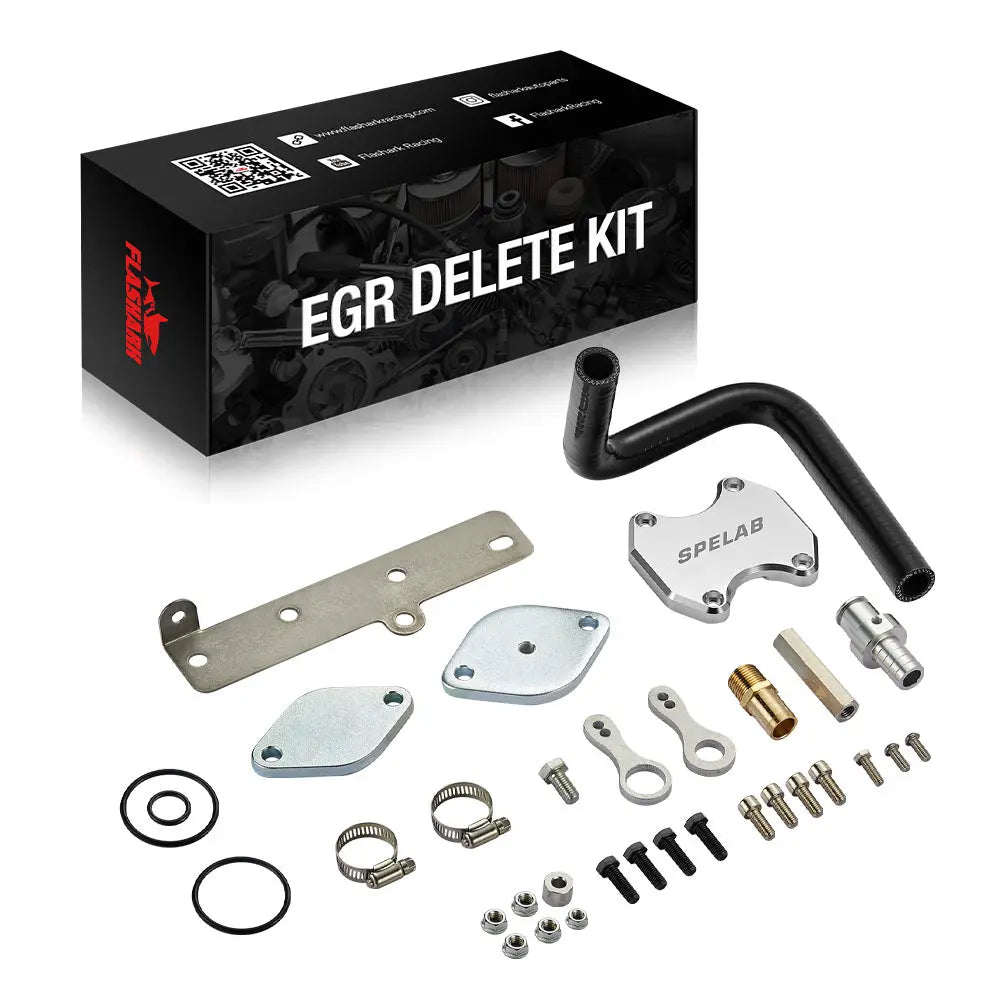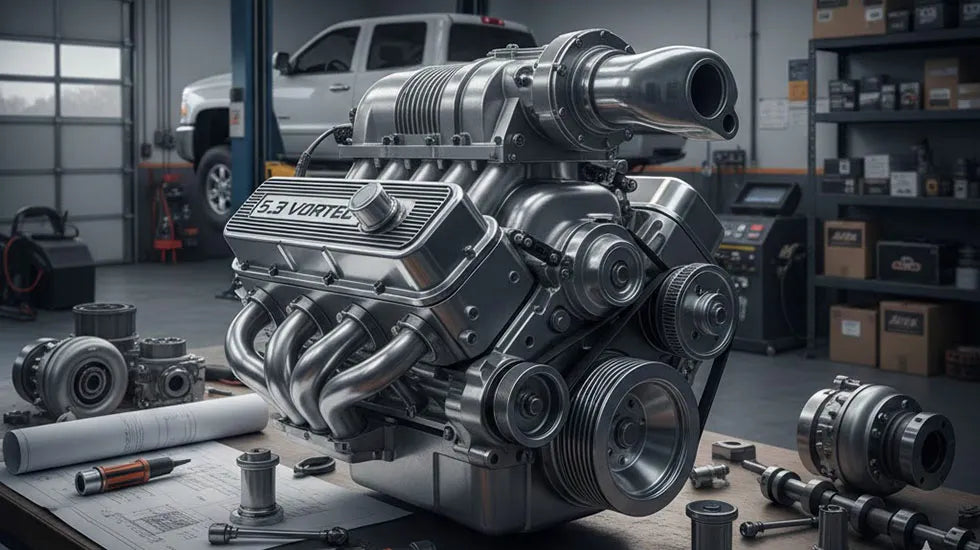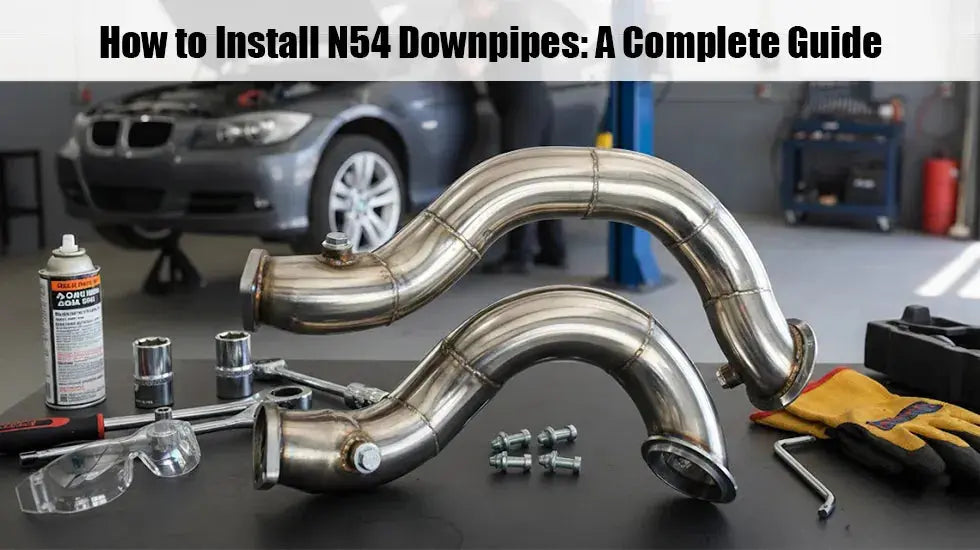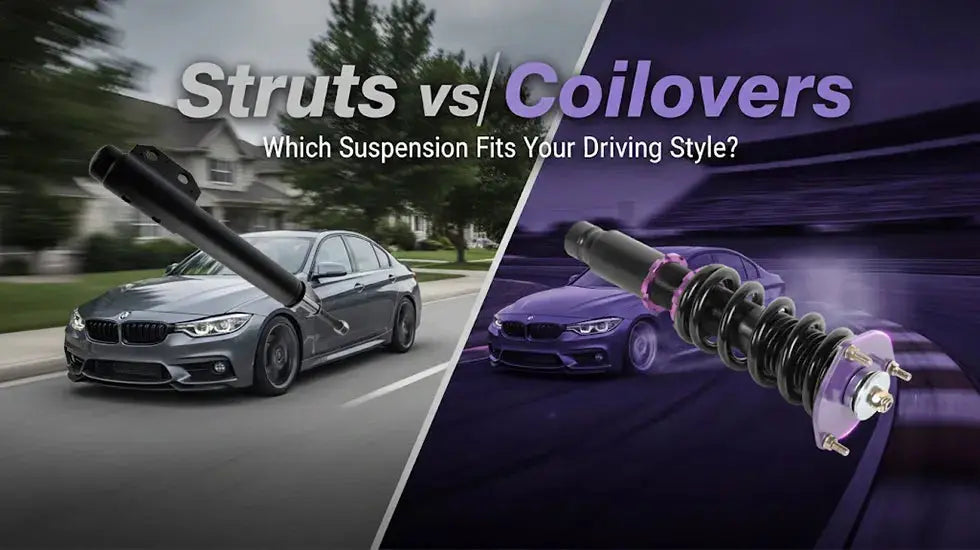Los coilovers son un componente clave para mejorar el sistema de suspensión de su vehículo. Ya sea que busque una mejor calidad de conducción en la calle o el máximo rendimiento en la pista, comprender la amortiguación es crucial. En este artículo, analizaremos la importancia de la amortiguación en los coilovers, cómo ajustarla y cómo la configuración correcta puede transformar su experiencia de conducción.
Introducción a los coilovers y la amortiguación
Los coilovers combinan el resorte y el amortiguador en una sola unidad, ofreciendo una solución compacta y ajustable para la suspensión. Permiten al conductor ajustar la altura y, en muchos casos, la amortiguación para adaptarse a diferentes condiciones de conducción. La amortiguación se refiere a la capacidad del amortiguador para controlar la velocidad de compresión y rebote del resorte, lo que afecta la respuesta del vehículo ante baches, balanceo de la carrocería y la comodidad general de conducción.
La principal ventaja de los amortiguadores coilover es que permiten una personalización completa. Ajustar la amortiguación garantiza que el vehículo rinda bien en diversas condiciones, desde conducción en calle hasta circuitos.

¿Qué función cumple la amortiguación en los coilovers?
La amortiguación desempeña un papel fundamental en el manejo, la comodidad y la estabilidad del vehículo. En esencia, controla el rebote y la compresión de la suspensión tras absorber un golpe o impacto. Ajustando la fuerza de amortiguación, se puede modificar la reacción del vehículo ante las irregularidades de la carretera.
Amortiguación por compresión vs. rebote
Existen dos tipos principales de amortiguación en los coilovers: compresión y rebote. La compresión controla la rapidez con la que el amortiguador absorbe un golpe, mientras que el rebote regula la rapidez con la que vuelve a su posición normal. Ambos factores influyen en el movimiento de la carrocería y la comodidad del viaje.
Una compresión excesiva puede provocar una conducción brusca y con rebotes, mientras que una amortiguación de rebote insuficiente puede hacer que el vehículo se sienta inestable al rebotar demasiado rápido después de un bache. Conseguir ambos ajustes correctamente garantiza una conducción controlada y cómoda.
Cómo ajustar la amortiguación de los coilovers
Ajustar la amortiguación de los coilovers puede parecer complejo, pero una vez que se comprenden los conceptos básicos, se vuelve sencillo. Los coilovers suelen incluir perillas o llaves de ajuste que controlan la fuerza de amortiguación. La mayoría de los coilovers ofrecen amortiguación unidireccional (un solo ajuste para compresión y rebote) o bidireccional (ajustes separados para compresión y rebote).
Proceso paso a paso para ajustar la amortiguación
-
Localice el mecanismo de ajuste
La perilla o tornillo de ajuste suele estar ubicado en la parte superior o lateral del amortiguador. Es fundamental saber si sus amortiguadores coilover tienen un rango de ajuste suave (bajo) o duro (alto). -
Comprenda el rango de ajuste
Normalmente, girar la perilla en sentido horario aumenta la amortiguación (endurece la suspensión) y girarla en sentido antihorario la suaviza. Consulte siempre las instrucciones del fabricante para obtener más información. -
Comience con una configuración neutral
Ajuste los amortiguadores coilover en la mitad de su rango de amortiguación. Este suele ser el ajuste base. A partir de aquí, puede realizar ajustes precisos según su estilo de conducción y sus necesidades. -
Prueba y ajuste
Después de realizar los ajustes, pruebe su auto. Evalúe la comodidad, la maniobrabilidad y el control de la carrocería. Si la conducción es demasiado brusca, suavice la amortiguación; si rebota demasiado, endurézcala ligeramente.
Cómo elegir la configuración de amortiguación adecuada para su estilo de conducción
El ajuste ideal de la amortiguación depende de cómo conduzca su vehículo y de las condiciones en las que lo haga. Los diferentes estilos de conducción requieren ajustes diferentes para maximizar el rendimiento.

Conducción en la calle: comodidad y estabilidad
Para la conducción diaria en la calle, la comodidad suele ser la máxima prioridad. Suavizar la amortiguación permitirá que la suspensión absorba los baches e imperfecciones del camino con mayor facilidad, lo que resulta en una conducción más suave y cómoda. Sin embargo, no la suavice demasiado, ya que podría afectar la maniobrabilidad y causar un balanceo excesivo de la carrocería.
Conducción en pista: firme y reactiva
En la pista, la maniobrabilidad y la estabilidad son fundamentales. Una amortiguación más firme ayudará a minimizar el balanceo de la carrocería y a mantener un mejor contacto de los neumáticos con la carretera. Esto mejora el control en curvas a alta velocidad, frenadas y aceleraciones. Para uso en pista, se recomienda ajustar la amortiguación a una configuración más rígida para una maniobrabilidad más precisa.
Conducción a la deriva o de alto rendimiento: equilibrada y controlada
Al derrapar, es fundamental encontrar un equilibrio entre la compresión y la amortiguación de rebote. La suspensión trasera debe ser lo suficientemente blanda como para permitir un sobreviraje controlado, pero lo suficientemente firme en la delantera para mantener la estabilidad. Comienza con una amortiguación trasera ligeramente más rígida y una delantera más blanda para un comportamiento de derrape más predecible.
Errores comunes al ajustar la amortiguación de los coilovers
Al ajustar la amortiguación, existen varios errores comunes que pueden afectar el manejo y la comodidad del vehículo. Aquí hay algunos que debe tener en cuenta:
1. Endurecer excesivamente la amortiguación
Uno de los errores más frecuentes es ajustar la amortiguación demasiado rígida, especialmente para la conducción diaria. Esto puede provocar una sensación de rigidez e incomodidad en el vehículo, y la suspensión puede tener dificultades para absorber eficazmente las pequeñas imperfecciones de la carretera.
2. Descuidar el equilibrio del vehículo
Es fundamental mantener un equilibrio entre la amortiguación delantera y trasera. Si un extremo del vehículo es demasiado rígido y el otro demasiado blando, el coche puede volverse inestable, especialmente durante maniobras a alta velocidad.
3. No adaptarse a diferentes condiciones
Otro error común es no ajustar la amortiguación al cambiar las condiciones de conducción. Por ejemplo, una configuración firme que funciona bien en circuito podría no ser cómoda para la conducción urbana diaria. Asegúrate de ajustar la configuración según estés en carretera, circuito o derrapando.
El impacto de la amortiguación en el manejo y la comodidad del vehículo
La amortiguación es esencial para lograr un equilibrio entre comodidad y rendimiento . Un ajuste adecuado de la amortiguación puede mejorar significativamente la maniobrabilidad del vehículo, mejorando el control y reduciendo la fatiga en viajes largos.
Cómo afecta la amortiguación al confort de marcha
Los ajustes de amortiguación suave mejoran la comodidad al hacer que la conducción sea menos brusca en carreteras con baches. Sin embargo, suavizarla demasiado puede provocar un balanceo excesivo de la carrocería, lo que hace que el vehículo se sienta blando y tenga menor capacidad de respuesta.
Cómo la amortiguación mejora el manejo
Una amortiguación más firme mejora la maniobrabilidad al reducir el movimiento de la carrocería al tomar curvas, frenar y acelerar. Esto permite al conductor un control más preciso, especialmente a alta velocidad. Sin embargo, una configuración demasiado rígida puede hacer que la suspensión pierda su capacidad para absorber los baches, lo que hace que la conducción sea incómoda.
Técnicas avanzadas de amortiguación para vehículos de pista y de alto rendimiento
Para quienes estén interesados en configuraciones más avanzadas, como las de pista o competición, ajustar la amortiguación se vuelve crucial. Aquí tienes algunos consejos:
Ajuste para la estabilidad en las curvas
Para conducir en circuito, ajuste la amortiguación de compresión para controlar el balanceo de la carrocería en curvas rápidas. Una amortiguación trasera más firme puede mejorar la estabilidad del coche, evitando que se agache demasiado al acelerar al salir de las curvas.
Gestión del contacto de los neumáticos con la carretera
Una configuración de rebote más firme ayuda a mantener un mejor contacto de los neumáticos con la carretera durante cambios de dirección bruscos, lo que mejora la maniobrabilidad y el rendimiento general. Realice ajustes según las condiciones de la pista para optimizar el agarre de los neumáticos y la respuesta del coche.
Conclusión
Comprender y ajustar la amortiguación de sus amortiguadores coilover es clave para optimizar el rendimiento, la comodidad y la maniobrabilidad de su vehículo. Ya sea que busque una conducción más suave en la calle o un mejor control en la pista, la configuración correcta de la amortiguación puede marcar la diferencia.
Al ajustar cuidadosamente sus amortiguadores coilover según sus necesidades de conducción, ya sea comodidad para el día a día, estabilidad para los circuitos o equilibrio para el drifting, puede mejorar significativamente su experiencia de conducción. Recuerde que la configuración perfecta se logra con ajustes finos, así que no dude en experimentar con diferentes configuraciones y probarlas en carretera o circuito.
Con el conocimiento de cómo funciona la amortiguación y cómo ajustarla, estará bien encaminado para lograr el mejor rendimiento del sistema de suspensión de su vehículo.


